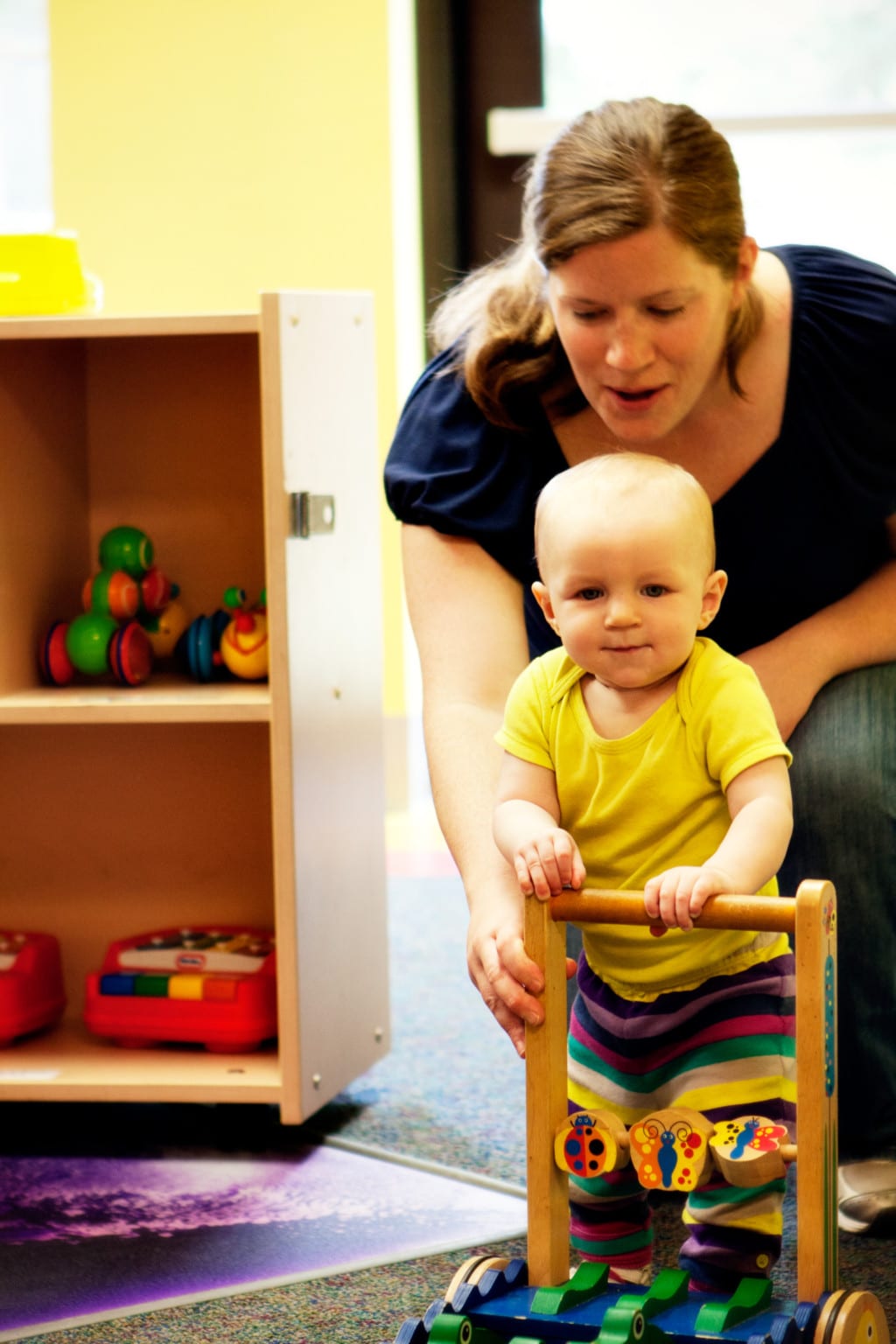Disclosure :: This post is sponsored by the Parenting Center at Children’s Hospital.
Finding the Right Gift this Holiday for Children of All Ages
It’s that time of year again…when parents of children swing between wondering if they found just the right gift that their child will enjoy and play with throughout the year (maybe also buying the adults some periods of sweet, sweet quiet), and worrying that Santa (and/or family members) have gone completely overboard and turned your home into a toy store, leaving your child with a bad case of the “gimmes”. How do we choose satisfying, enriching presents for children and where do we draw the line?
Safety comes first
Make sure you read instructions and warning labels to make sure a toy is safe for your child’s age and personality (how much supervision is required and will you be able to provide it?). If you have toddlers in your home, small play pieces that fit through a cardboard tube may be choking hazards. Surfaces should not pinch and be easily cleaned. In a household of mixed ages, older children will need a safe place to store their toys and projects that might be hazardous to younger siblings. If Santa is bringing a  bike, skateboard, or scooter, don’t forget a helmet (and be a good role model by wearing yours, too). Both Safe Kids (www.safekids.org) and www.recalls.gov provide up-to-date information regarding safety of children’s toys and products.
bike, skateboard, or scooter, don’t forget a helmet (and be a good role model by wearing yours, too). Both Safe Kids (www.safekids.org) and www.recalls.gov provide up-to-date information regarding safety of children’s toys and products.
Consider development
Even if something is safe, it may not be age-appropriate. The most appreciated toys usually tap into children’s emerging interests and abilities. You’ve probably heard the old joke about how a child’s favorite toy is the box in which it arrived. There’s some truth to that cliché because young children typically enjoy “open-ended” toys that allow their imagination to repurpose the box over and over again: it might be a car, or a house, or a castle…all in the space of a few minutes.
National Association for the Education of Young Children (NAEYC) offers a few more suggestions when shopping for 1s and 2s:
- Things to create with: non-toxic markers, crayons, paper
- Things to pretend with: dolls and accessories such as strollers; food and kitchen toys; dress-up materials; transportation toys; child-sized furniture; puppets; sand and water play toys
- Things to build with: blocks, large pegboards; stacking toys
- Things for problem-solving: puzzles (4-12 pieces), objects to sort (by shape, color, size)
- Things for muscle development: balls of a variety of sizes; ride on equipment such as tricycles and wagons; push-pull toys; low climbers
- Board books and music (for everything!)
The next age group, 3-6-year-olds, have longer attention spans, greater imaginative powers and more developed social skills
They are curious, love to move, talk, and play with friends. Consider adding some elements to the previously mentioned categories, such as additional art materials that include different kinds of paint, safety scissors, an easel or chalkboard, modeling clay and tools, glue, paper and cloth scraps for collage.
Finally, for those who have children in the 7-10 range, children have often developed a variety of interests, have a great sense of curiosity about how the world works, and a much greater ability to concentrate
So this might be the right age for science and craft project kits; board games, and chess and checkers sets; all manner of construction toys; sporting equipment; music/musical instruments; and of course, books. Don’t forget the books!
If you are considering a video games/electronic devices you might check out www.commonsensemedia.org, for both expert and parental reviews of different games, apps and videos. Another great resource is www.truceteachers.org, where early educators give their advice on toy selection.
Finally, consider quality over quantity
Children certainly don’t need a huge number of toys, and often many play for longer extended periods of time when fewer toys are available. Consider rotating your child’s toys for a week or two and see if you notice a difference. When well-meaning relatives ask what they can give your child, you might see if they would consider an “experience”, such as some kind of membership for the family, or a special outing with your child and Grandma.
What kinds of toys do your children enjoy playing with the most? Answer in the comments below, and please include their ages.
For more information about the Parenting Center at Children’s Hospital visit ::
Website | Facebook | Instagram | Twitter
















